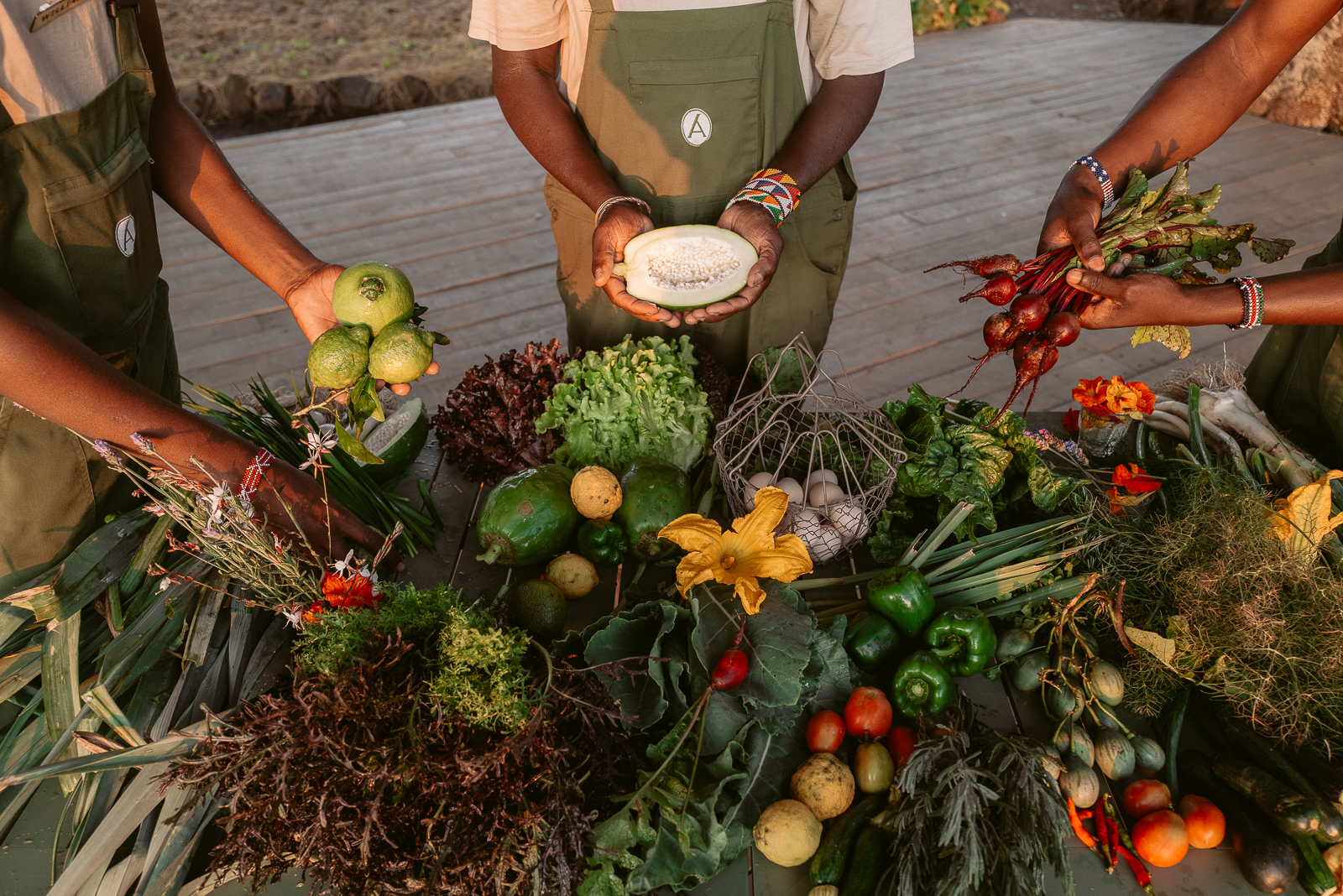
Ever since I was a little girl I have been drawn to gardens. Growing up in upstate New York, I was fortunate enough to live very close to my grandparents where there was always a delicious home-cooked meal waiting for me that included fresh herbs and vegetables from their garden. I loved helping my grandfather in the garden watering the plants, picking the weeds and turning the soil. But my favourite task was picking the ripe vegetables and carrying them through the yard to proudly show my grandmother. To this day, at 92-years old, my grandfather still tends to his small herb and tomato garden.
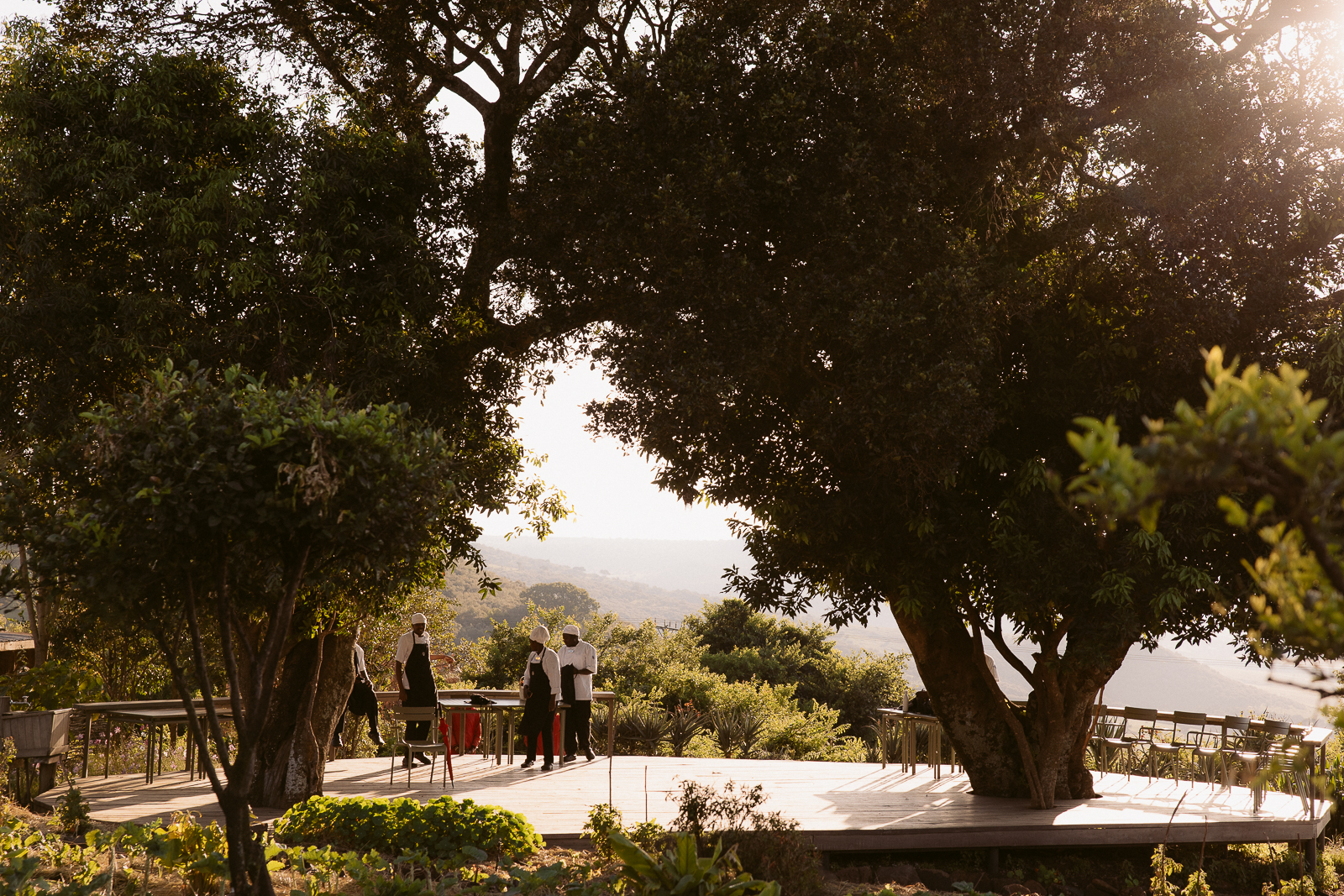
In 2020, amidst the chaos of lockdown, I ordered a small, raised garden bed and planted lettuce, kale and herbs on my 10th-story New York City balcony. To my surprise, I was blessed with an abundance of produce — and just like that, I was hooked on gardening.
A year later, I went on a safari and stumbled upon Angama Mara’s Shamba (Kiswahili for vegetable garden). I was completely taken aback to see this beautiful and rather large garden in the middle of the Maasai Mara, surrounded by wildlife. This was a dream project designed by architect Ian Dommisse, which was then built with much care and attention, transporting you into some sort of mini wonderland that’s hard to forget.
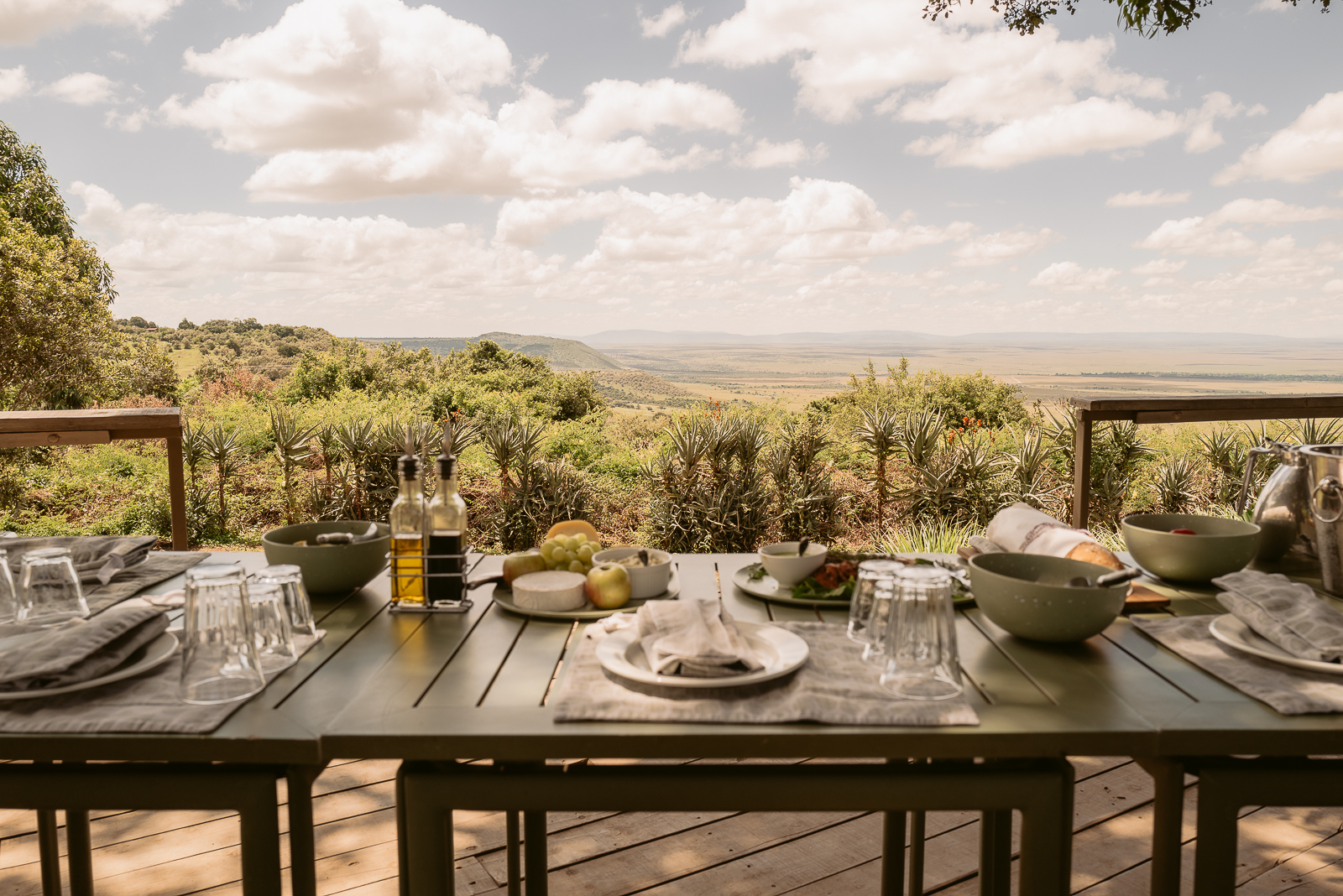


The Shamba's circuitous path leads to the spacious deck with yet another angle of sweeping views of the Mara with the smells of the healing garden, dots of oranges to the left side of the garden and chickens clucking in the distance. Then of course, who can forget the beautiful spread they make for their special Shamba lunch — fresh bread, fruits and cheeses, including a fresh salad that you can pick from the garden yourself. Not only did I feel so connected with my meal, but it is one that I still talk about to this day.
In November 2022, I went back to Kenya and visited another few camps and asked to visit their Shambas, curious to see where the ingredients for our meals were coming from. The chefs were thrilled to walk us through their passion projects — proudly showing their avocado and mango trees, rows of lettuce, herbs and vegetables. I was blown away by the heart and soul that was put into creating these magnificent meals for guests. It made me think about what really goes into making good food. I believe it is the quality of ingredients and the love and care that is put into each dish.
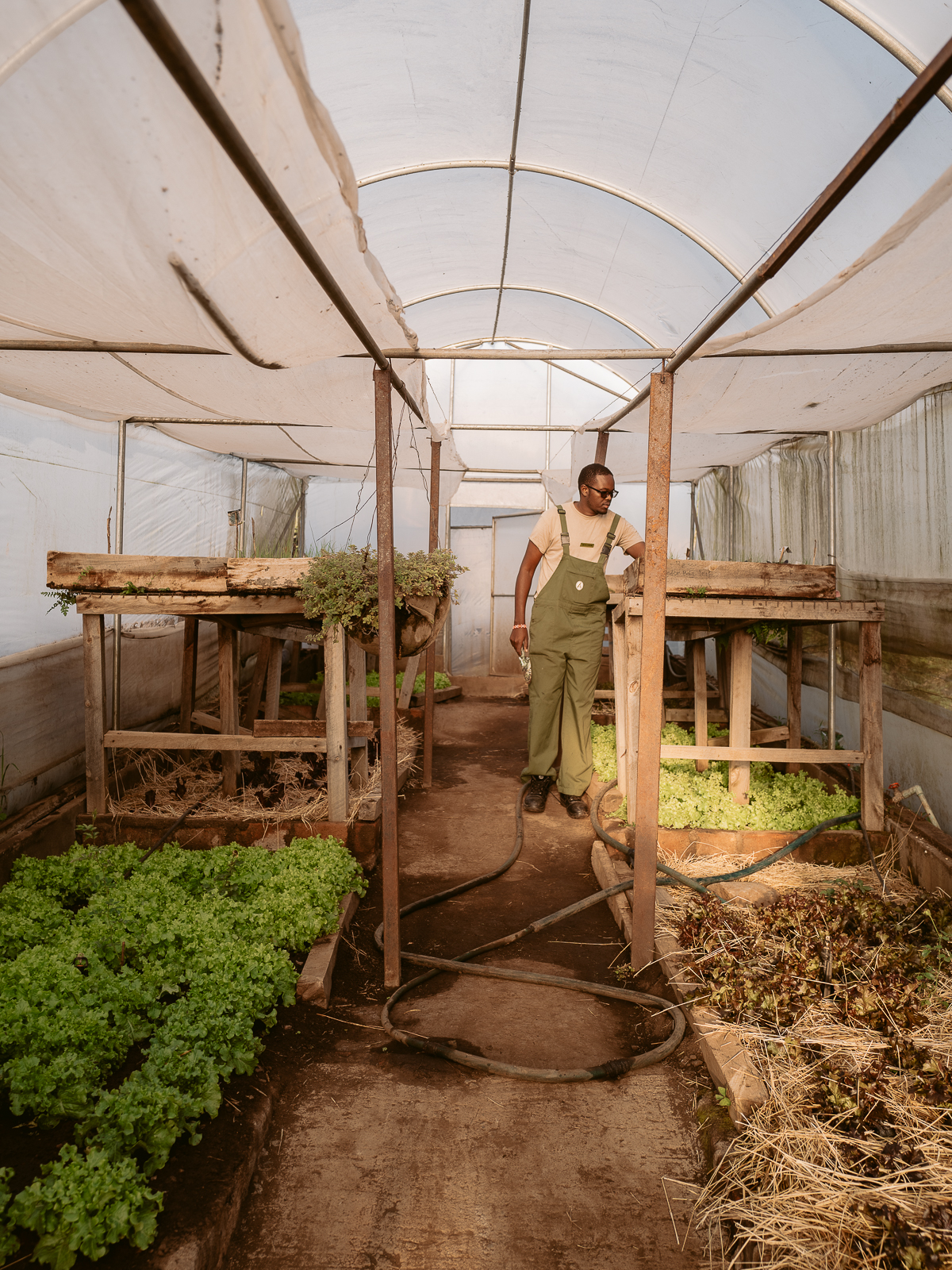

The Shambas called me back to Kenya a third time earlier this year and I planned my whole trip around them. Back in Angama Mara’s Shamba, I was able to spend more time with head Shamba Keeper, William, as he and his team start the day’s harvest. He studied Agricultural Extension, a combination of both plants and animals; he also loves working in an ‘open-layout office’ as he describes the Shamba. His right-hand man, Jeremy, studied Horticulture and he expands his knowledge of the Mara by analysing the flowers and plants that he sees alongside the road on his way from to the Shamba each morning. Their fondness and love for the Mara shines through in the way they speak and care for the land.
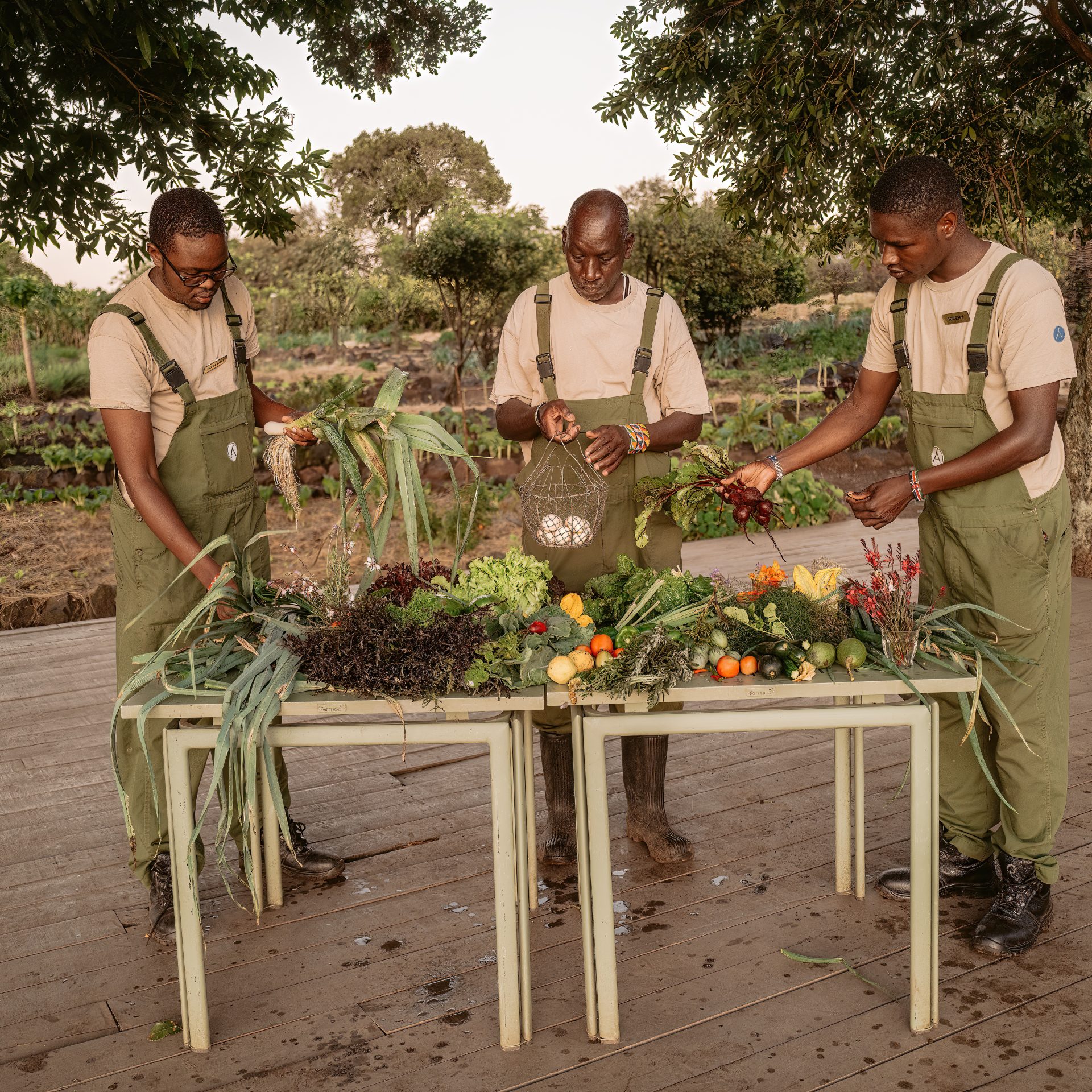
As the sun continues to rise, the light hits the garden harvest just beautifully — highlighting the colours of the fresh yield of fruits and veggies including avocados, leeks, peppers, beets and tree tomatoes (they make the most delicious jam out of this fruit).
Food has always brought people together. It connects the world, it tells a story of history, biodiversity, community and ancestry. It’s a communal act, a social connection — it transcends cultures, religions. All my most memorable meals to this day have been gathered from local farms and gardens that came from less than a mile away from my plate.
Thank you Michelle for loving Angama, earthworms and all! Michelle Ospino is a travel photographer and writer based in New York City. We highly recommend you take a look at her website and Instagram.
Filed under: East Africa Travel
Subscribe for Weekly Stories
Comments (0):

Tented Suites